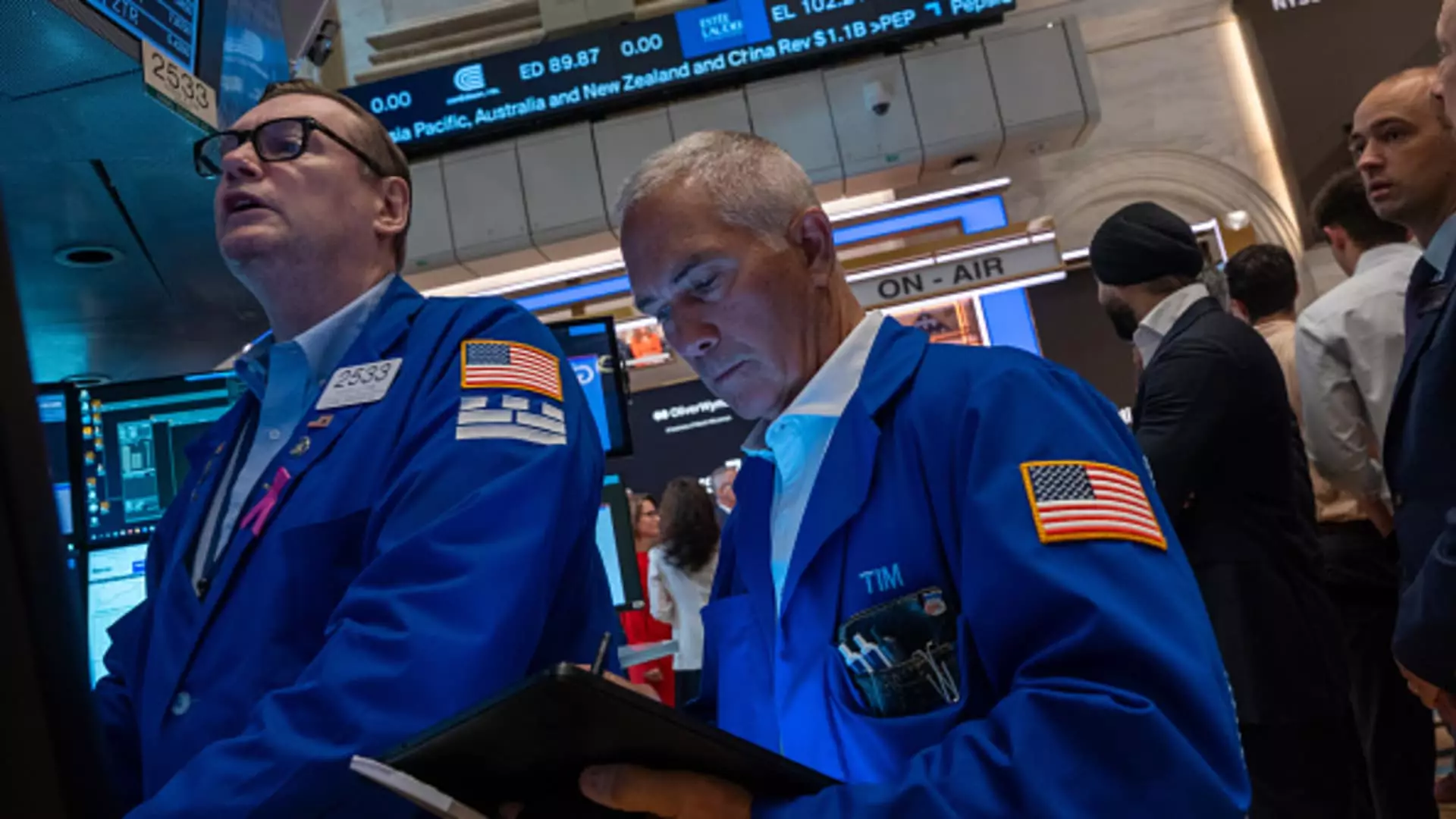Investors experienced a significant shift in the U.S. equities market on Thursday, with the Russell 2000 surging by approximately 3.5% while the S & P 500 saw a decline of nearly 1%. This divergence has sparked discussions on whether this is merely a case of profit-taking within the Magnificent 7 or if it signals the end of the megacap secular trend. The small-cap index has historically lagged behind the megacap-dominated S & P 500, but the current scenario presents an opportunity to consider owning the iShares Russell 2000 ETF.
The recent cooler-than-expected June consumer inflation report, as indicated by the Consumer Price Index (CPI), has seemingly favored small-cap stocks. This development suggests that the Federal Reserve might initiate an interest rate cut in September. Thursday marked only the second instance since 1979 when the Russell 2000 recorded a more than 3% gain while the S & P 500 registered a decline. While one day does not establish a definitive trend, such a significant disparity hints at the potential for smaller capitalization companies with higher interest rate sensitivity to make gains.
Implementing the Trade
To capitalize on the current market dynamics, an investor could consider selling the IWM 8/30/2024 $213 put for $5.40 and simultaneously buying the 8/30/2024 $215 call for $5.65. This strategic spread trade would incur a cost of $0.25 or $25 per one lot. By executing this trade when the IWM is trading around $213, investors can establish a view at minimal to zero cost. However, it is essential to acknowledge the associated risk of holding the underlying asset.
Risk and Reward Strategy
Selling a risk reversal, as described above, presents traders with an opportunity to offset the cost of owning an upside call through the premium collected from selling a put. Ideally, the put premium would completely cover the cost of the call, which aims to capture potential upward movements in the market. In the event that the IWM does not experience the anticipated rise, investors must be prepared to hold onto the asset for a more extended period. The concept of mean reversion further supports the case for considering small-cap investments at this juncture.
It is crucial to note that all opinions expressed in this article are solely those of the contributors and do not necessarily align with CNBC or its affiliates. The information provided is for informational purposes only and should not be construed as financial, investment, tax, or legal advice. Individuals should consult with their financial advisors before making any investment decisions, as personal circumstances vary significantly. The current market conditions may present an opportune moment to explore small-cap investments, but thorough due diligence and risk assessment are imperative before committing capital.

